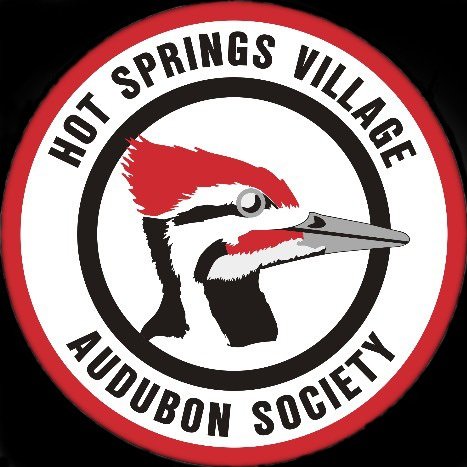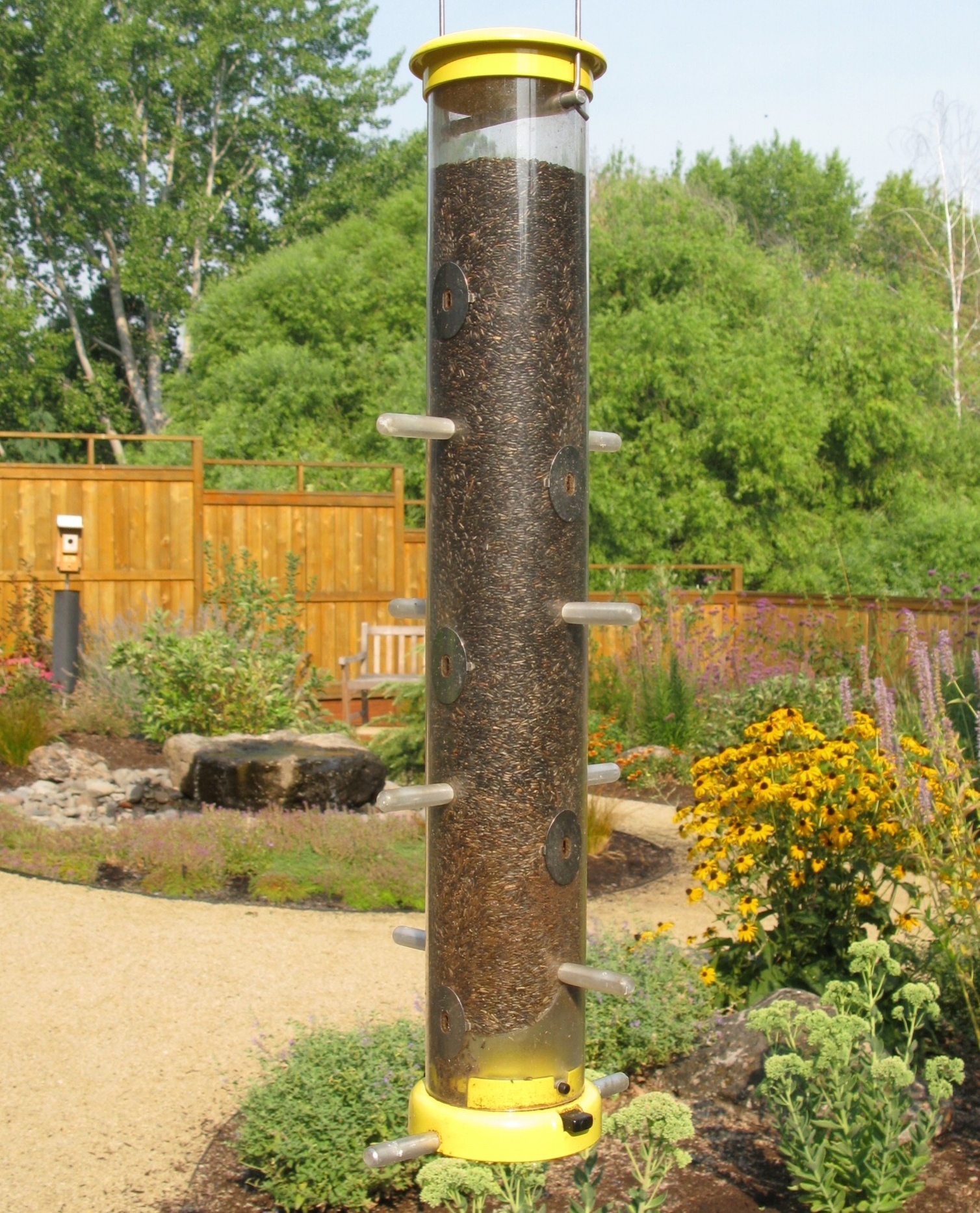Bird Feeders
HSV Audubon tray feeder can be pole mounted or modified for hanging - see more details, pricing and availability at our store
Many different styles and sizes of feeders are available. Most of us who feed birds have a variety of feeders. These photos show some of the different types of feeders that Village Audubon members use.
If you only have one feeder, it should be an all-purpose tray feeder of fairly large size. It is easy to fill and attracts a large assortment of birds, including cardinals, finches, jays, grosbeaks, blackbirds, nuthatches, chickadees, titmice, and buntings.
Combining a tray feeder with a ball feeder makes room for more birds.
This ball/tray feeder combo makes room for many birds.
Photo Janet Rowe
Tube feeders for black oil sunflower seeds attract goldfinches, pine siskin, other finches, and grosbeaks, plus many other seed eaters such as cardinals, chickadees, and titmice.
Hanging log feeders are available at our store
Log or suet feeders attracts insect eaters such as bluebirds, tanagers, woodpeckers, warblers, and others.
Hanging the log feeder in a wire cage will keep all large birds away from your feeder. If you want all birds except crows to be able to eat at the feeder, enlarge 3 or 4 openings. Even the pileated woodpeckers can manage that. In this photo, papa is gathering food for young junior who is on the tree behind and not very patient about waiting.
Log with cage.
Nyjer (thistle) feeders are great during the fall and winter when the goldfinches and Pine Siskin are here.
Large mesh feeders for peanuts or cashews are favorites of woodpeckers, jays and nuthatches.
Large Mesh Feeder filled with peanuts.
Several members like this feeder that either sends squirrels flying or gives them or any other large animal such as a raccoon or opossums a small electric shock. They say that it is expensive, but worth the money.
Hummingbird feeders should be easy to fill and clean. Hummers are happy with a basic feeder. Fancy feeders are made to please people. Feeders without yellow flowers are less likely to attract wasps and bees.
Keep Feeders Clean!
Feeding birds creates an unnatural feeding situation. Disease can easily spread if the seed is molded or if the feeders are not clean.
Clearly the bluebirds enjoy this water feature made by Bernie Kroetz
Water is More Important than Food!
Water is the easiest and least expensive way to attract the maximum number of birds. Bird baths should be shallow with sloping sides and have a depth of only about two to three inches.
The bird bath should be located in an open area that has plenty of natural shelter about 20 feet away. In the winter when all the natural supply of water is frozen, an unfrozen birdbath can attract an amazing number and variety of birds.
Water sources can be small and inexpensive or large structures such as this boulder that was shaped by nature to have both deep and shallow pockets.












